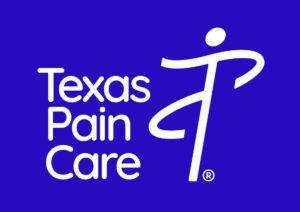
Cluster headaches and migraines can be crippling in their own right, but when it also leads to acute or chronic facial pain, it’s even that much worse. It can be hard to see, eat, and even think when all you can focus on is the pain you’re feeling in what feels like every part of your head and face. If this sounds like you, then a sphenopalatine ganglion block can finally help relieve your pain symptoms.






